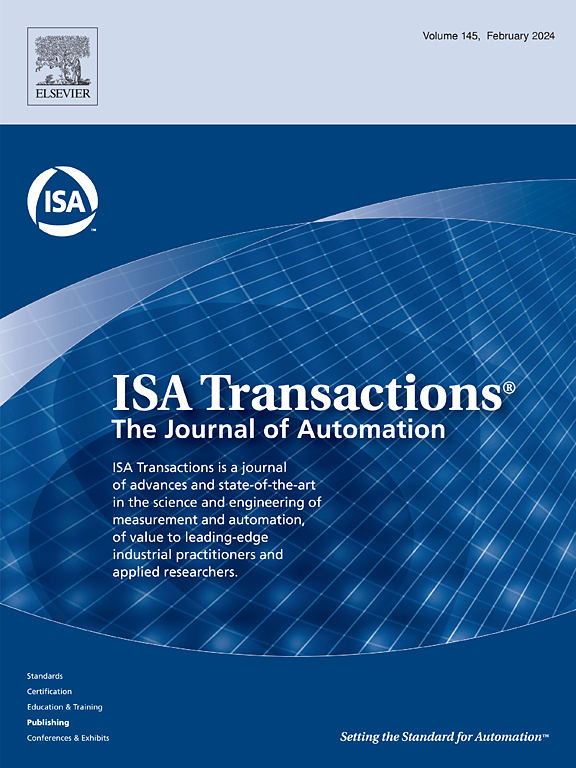Soft sensor modeling using deep learning with maximum relevance and minimum redundancy for quality prediction of industrial processes
IF 6.3
2区 计算机科学
Q1 AUTOMATION & CONTROL SYSTEMS
引用次数: 0
Abstract
Deep learning techniques such as autoencoder (AE) and stacked autoencoders (SAE) have gained growing popularity in soft sensor applications. However, they often encounter several disadvantages, such as poor correlations between the extracted hidden features and the quality variable, inevitable information loss resulting from the layer-wise feature extraction, and information redundancy between the hidden features. Thus, a maximal relevance and minimal redundancy-based representation learning (MRMRRL) is proposed for quality prediction of industrial processes. MRMRRL obtains significant performance enhancement by combining the merits from three channels. First, the relevance between the input and output variable is taken into account for enabling quality-relevant feature extraction. Second, kernel principal component analysis (KPCA) is performed on the feature space of AE hidden layer for achieving redundancy reduction of hidden features. Third, inputs with high quality relevance are fed to the extension layer nodes for enabling information compensation. The experimental results show that, compared with the baseline SAE, the performance of MRMRRL is improved by about 37 % and 38 % for two application examples, respectively. Significant performance enhancement of MRMRRL can be also obtained compared to several state-of-the-art deep learning soft sensors. These results demonstrate the effectiveness and superiority of the proposed MRMRRL approach in extracting quality-related hidden features while ensuring automatic elimination of hidden feature redundancy and maintaining structure simplicity.
使用深度学习的软传感器建模,具有最大的相关性和最小的冗余,用于工业过程的质量预测。
深度学习技术,如自编码器(AE)和堆叠自编码器(SAE)在软传感器应用中越来越受欢迎。然而,它们经常遇到一些缺点,如提取的隐藏特征与质量变量之间的相关性较差,分层特征提取不可避免地导致信息丢失,隐藏特征之间的信息冗余等。因此,提出了一种基于最大关联和最小冗余的表示学习(MRMRRL)用于工业过程的质量预测。MRMRRL通过综合三个信道的优点,获得了显著的性能提升。首先,考虑输入和输出变量之间的相关性,以启用与质量相关的特征提取。其次,对声发射隐藏层的特征空间进行核主成分分析(KPCA),实现隐藏特征的冗余化;第三,将具有高质量相关性的输入馈送到扩展层节点以实现信息补偿。实验结果表明,与基线SAE相比,MRMRRL在两个应用实例中的性能分别提高了约37 %和38 %。与几种最先进的深度学习软传感器相比,MRMRRL的性能也得到了显著提高。这些结果证明了MRMRRL方法在提取与质量相关的隐藏特征时的有效性和优越性,同时保证了隐藏特征冗余的自动消除和结构的简单性。
本文章由计算机程序翻译,如有差异,请以英文原文为准。
求助全文
约1分钟内获得全文
求助全文
来源期刊

ISA transactions
工程技术-工程:综合
CiteScore
11.70
自引率
12.30%
发文量
824
审稿时长
4.4 months
期刊介绍:
ISA Transactions serves as a platform for showcasing advancements in measurement and automation, catering to both industrial practitioners and applied researchers. It covers a wide array of topics within measurement, including sensors, signal processing, data analysis, and fault detection, supported by techniques such as artificial intelligence and communication systems. Automation topics encompass control strategies, modelling, system reliability, and maintenance, alongside optimization and human-machine interaction. The journal targets research and development professionals in control systems, process instrumentation, and automation from academia and industry.
 求助内容:
求助内容: 应助结果提醒方式:
应助结果提醒方式:


